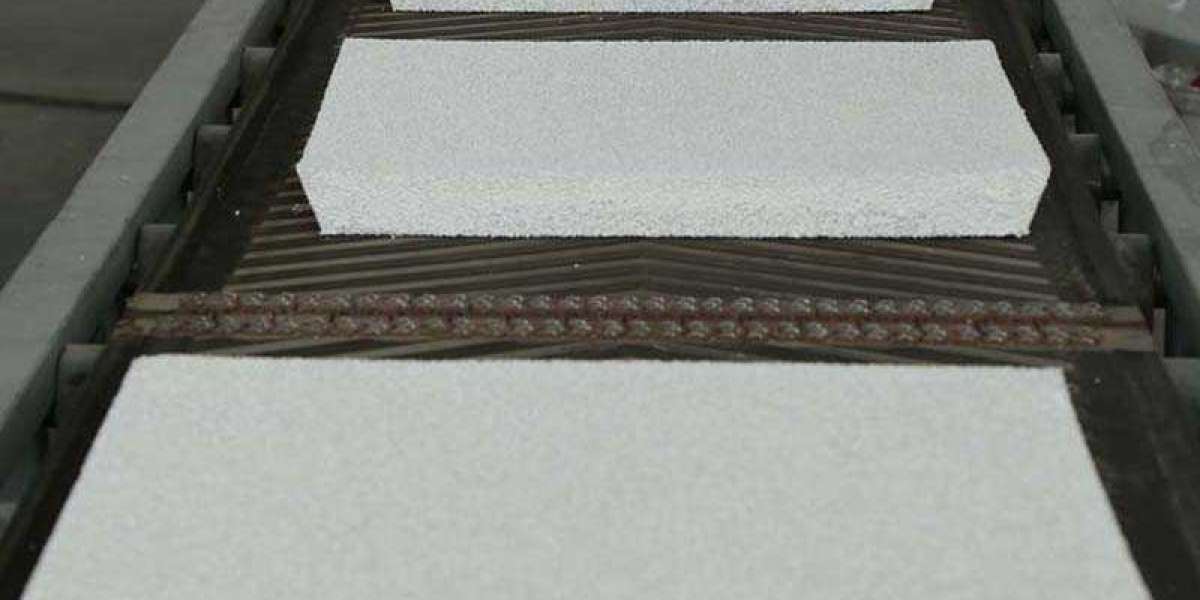What is the filtering principle of Foam Furnace Filters? By the gap? wrong!
The porous ceramic filter is a new type of filter plate made of an industrial sponge as a carrier, filled with heat-resistant ceramics, and then sintered.
When the porous ceramic filter filters the aluminum liquid, the aluminum liquid flows through the tortuous holes of the ceramic Foam Furnace Filter, and the non-metallic impurities and oxide film (commonly known as slag) in the aluminum liquid are affected by the axial pressure, friction, and surface adsorption of the aluminum liquid. The combined effect of the slag is retained on the inner surface of the hole and the crevice of the ceramic filter plate, thereby separating the slag and the molten aluminum.
After a period of filtering, the slag remaining on the porous ceramic filter also participates in the adsorption of the slag, which can play a filtering role.
Since the performance of the slag adsorbed on the porous ceramic filter and the slag to be adsorbed in the aluminum liquid are exactly the same, the surface area ratio is much larger than that of the ceramic filter plate, and the surface activity is much greater than that of the ceramic filter plate, so the ability to adsorb and trap the slag in the aluminum liquid is far Much larger than the ceramic filter plate.
Because of this, the porous ceramic filter can filter out the fine slag that is many times smaller than its own hole.
During the filtration process, the slag adsorbed on the Foam Furnace Filters gradually grows up after adsorbing and trapping the slag in the molten aluminum.
Under the agitation and scouring of the liquid flow, the extremely low-strength slag may break or fall off the porous ceramic filter.
In the process of slag falling off, if the porous ceramic filter is thicker or has small holes, it may be intercepted or adsorbed again.



